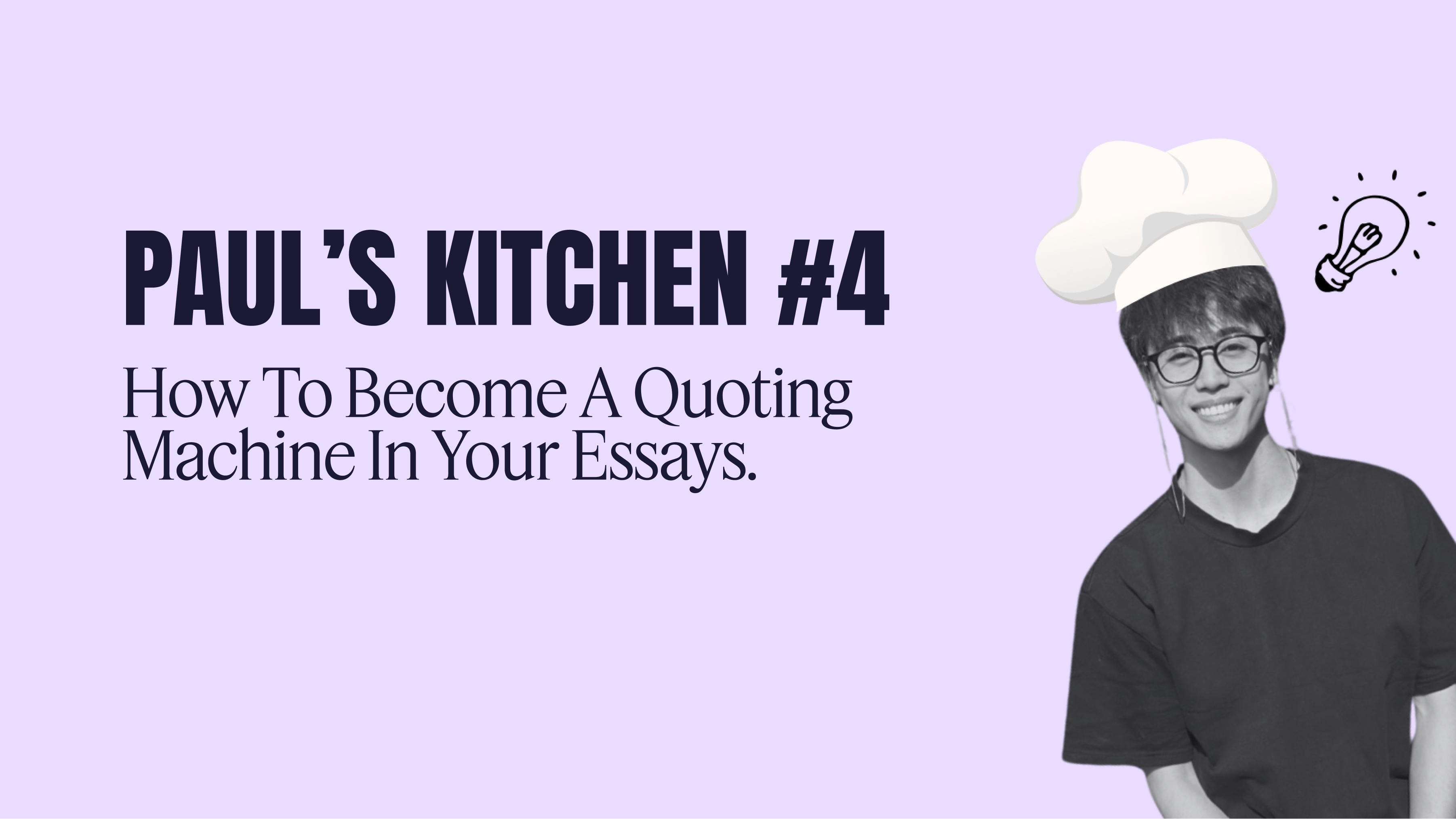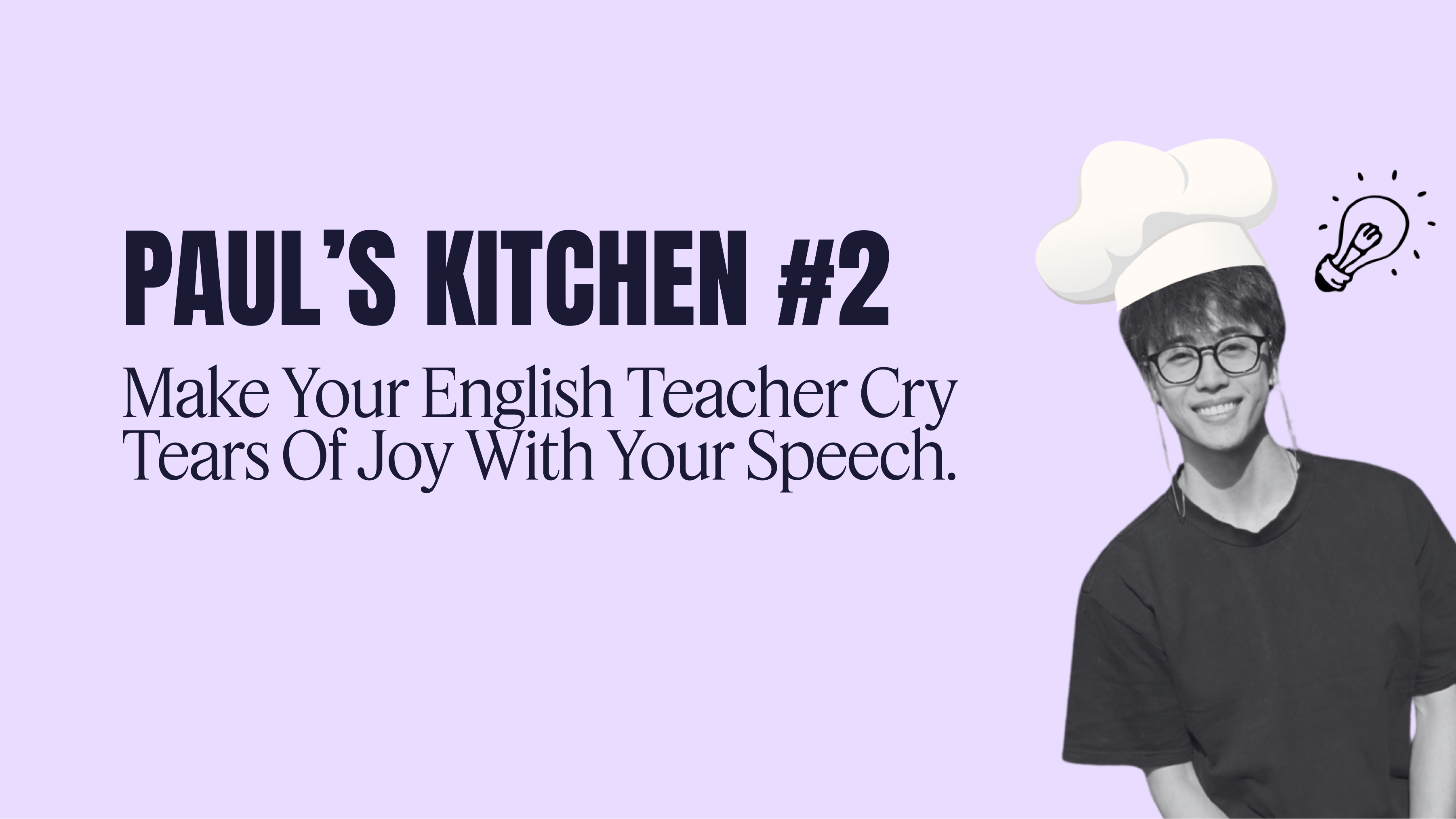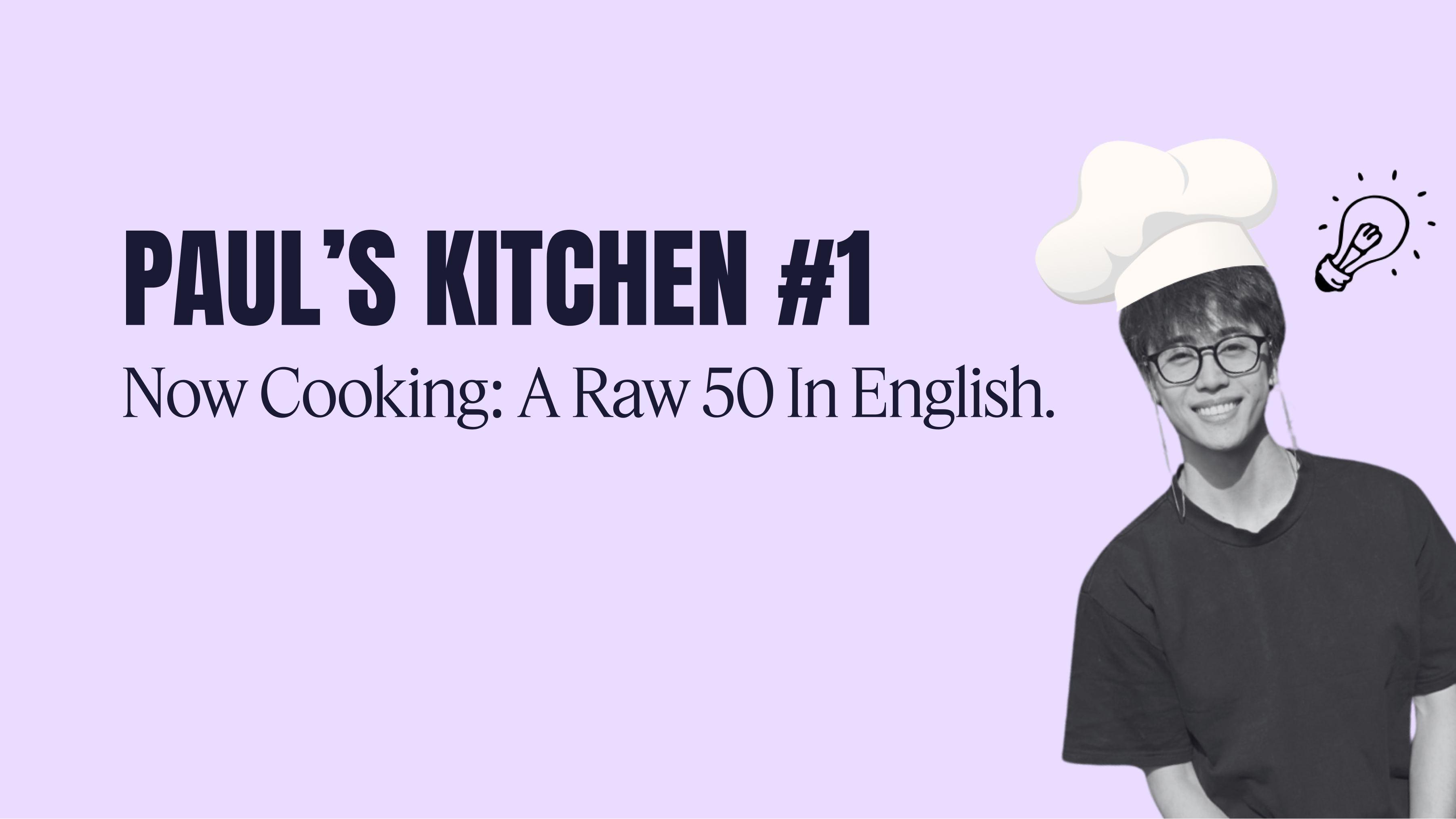He said, she said, they said… how to become a quoting machine in your essays.

Welcome back to practice exams, SACs, and the start of revision and more revision… and we’re so close to double digits for the countdown to the exam! Plus, in today’s recipe, we talk about how to pick out the right quotes and how to use them in your essays.
Some vocab to put on your list 🤌
“facetious”
treating serious issues with deliberately inappropriate humour; flippant
In an example: “Utilising a facetious tone, the author makes fun of those who oppose the new installation.”
“affiliation”
to be a part of an organisation
In an example: “The commenter references her affiliation with the movie club as a gold-standard member to build credibility for her cause.”
“bipartisan”
involving the agreement or cooperation of two political parties that usually oppose each other's policies
In an example: “The narrator notes that the issue is bipartisan, supported by both Anthony Albanese of the Labor government and Dutton of the Coalition opposition.”
Today's recipe 🍳
How to pick the right quotes and use them well!
Quotes can be a tricky beast. A lot of the time, people overuse them, or they use them needlessly. How can you make sure that you’re picking out the right quotes, and using them to the highest effect in your essays? Let’s find out.
1. Type one: Quotes that are about the plot
Some quotes are just about what happens. They aren’t particularly important in their construction, and they don’t really tell us a lot about how a character feels or their views or values. They just describe the plot. With these quotes, feel free to go ham – the more the merrier, because they basically just prove to the assessor that you know the text inside out!
An example: “In Act II of the play, when the ‘table breaks in two’, Annie discovers a secret compartment hidden inside. This represents…”
2. Type two: Quotes that tell us something about a character’s feelings
Sometimes, whether through dialogue or through the narration itself, a character describes a person or thing in a particular way that reveals their own thoughts, whether it be their prejudices, their interest, or their ambivalence for another character. With these quotes, you actually want to analyse the word used.
An example: “When Jonathan describes Amy as a ‘lazy broad’, Cruz reveals the shoemaker’s deep disdain for women – a misogyny that will manifest by the end of the novel in a grim and violent manner. ”
3. Type three: Quotes that tell us something about the author’s views and values
Sometimes, quotes tell us less about a character’s thoughts, and more about the author’s. In this case, you want to analyse the author’s views and values, and what it is about their description that reveals the message or purpose of their work.
An example: “Wu’s description of the family house as the ‘little home of warm fires and easy chatter’ symbolises how, for the adult Anaheim children, their home becomes a place of refuge to which they can return after trauma and grief. This ties in with Wu’s broader themes around home and comfort – the author emphasises through ‘Five Seeds’ the importance of a safe home to building a personal identity.”
4. Type four: Technique quotes
These are more apt for language analysis, but also relate to text response. These are when an author uses a particular technique that you want to analyse.
An example: “In the poem, Vinheim describes broken glass on the floor as the ‘shattered signal of [his] starved cynicism’, the sibilant alliteration creating a spitting and angry tone that reflects the narrator’s frustration at his changing mood.”
And there you have it! Remember, you don’t technically get any marks for the quotes themselves or the number of quotes, and it’s not true that more is better. What you do get marks for is how you use the quotes and why you’ve included them, so keep that in mind: why am I quoting, and is it meaningful?
Ask the head chef: Founder Lindsey Dang 👩🏻🍳
Strategies to get ahead for Years 9-10
❓What would you recommend doing in Year 10 to be ahead in English?
❓If you could restart your English journey from Year 9, what would you do to prepare for a 50?
I’d work backwards from what a raw 50 demands — great inputs (i.e., content, knowledge, or ingredients for writing) and an intuitive process that converts inputs into outputs that stand out (i.e., how to turn what you know into great essays, paragraphs, and sentences).
This means that by the beginning of Year 12, you should have:
- A competitive understanding of how text analysis, creative writing, and argument analysis work
- Experience writing them through lower-stakes activities
In practice, you'd ideally start with both KNOWING and WRITING ABOUT canonical texts:
- Text Response: Become well-read and well-versed. I’d HIGHLY recommend How to Read Literature Like a Professor and treat each chapter as a writing project. For example, write a paragraph analysing snow as a symbol after reading Chapter 10, and see if any texts referenced catch your eye.
- Crafting Texts: With text response skills and exposure to a wide repertoire, you’ll likely become a sharper creative writer too and find an author whose style inspires you. I’ve always enjoyed the writing of Helen Garner and Margaret Atwood, and found my prose heavily influenced by them.
- Argument Analysis: This is very skill-based, so I wouldn’t venture off the study design, but start making it a habit/instinct to analyse arguments and their construction. For instance, you could start by analysing funny Tweets about controversial issues and reading through Year 11 and 12 notes early.



